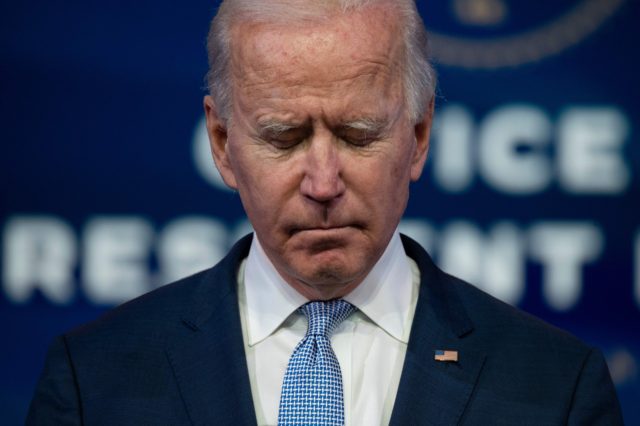The U.S. economy shed 140,000 jobs in December and the unemployment rate held steady at 6.7 percent, according to data released Friday.
Economists surveyed by Dow Jones had forecast an addition of 50,000 jobs and a slight rise in the unemployment rate to 6.8 percent.
“The decline in payroll employment reflects the recent increase in coronavirus (COVID-19) cases and efforts to contain the pandemic,” the Labor Department said.
Uncertainty about control of the Senate—and, to a lesser extent, the outcome of President Donald Trump’s attempts to continue to contest the presidential election—may also have weighed on the labor market in December. Studies have shown that policy uncertainty can discourage business spending, particularly in less competitive markets. It’s likely that the shutdowns and pandemic have made many areas of the economy less competitive over the past year.
Private sector jobs fell by 95,000 in December. The labor force participation rate was unchanged at 61.5 percent and the total number of unemployed held steady at 10.7 million, about twice the number of unemployed persons before the pandemic.
Manufacturing added 38,000, far more than expected. Throughout the pandemic, the manufacturing sector has shown a high level of resiliency, a vindication of President Trump’s policy focus on strengthening this part of the economy. Still, the sector now employs over a half-million fewer workers than it did prior to the pandemic.
Construction added 51,000 in December, boosted by the boom in housing that has accompanied the lockdowns and rise in shootings and killings in many U.S. cities. Employment in specialty residential contractors and residential construction is one of the few sectors of the economy that employ more workers than before the pandemic.
The biggest jobs losses came in leisure and hospitality, where employment declined by 498,000, with three-quarters of the decrease in bars and restaurants. Employment in the amusements, gambling, and recreation industry fell by 92,000 and dropped in the accommodation industry by 24,000. Since February, employment in leisure and hospitality is down by 3.9 million, or 23.2 percent.
Employment in private education decreased by 63,000 in December. Employment in the industry is down by 450,000 since February.
Government employment fell by 45,000 in December thanks to a decline in local and state government employment. Federal government employment grew by 6,000. Outside of education, local government employment fell by 32,000. State government education lost 20,000 jobs. Since February, total government employment overall is down by 1.3 million.
The economy has added around 12.2 million jobs in the past eight months, a record-breaking pace after the unprecedented collapse in employment as lockdowns took hold in March and April. The increase in the ranks of employed workers shows that companies ramped up hiring as the economy reopened and consumers came back to stores, restaurants, and other businesses that had been shuttered this spring. Despite the gains, total employment in December was lower than its February level, highlighting just how deep the pandemic cut into what had been the strongest jobs markets in decades.
Hiring slowed in November and layoffs picked back up as infections, hospitalizations, and deaths surged. Many state and local governments around the country announced new restrictions on business, travel, dining, and other activities that have once again suppressed demand and discouraged growth in employment. Some businesses that held on through the first wave of shutdowns have not been able to stay in business in the second wave and much of the government aid made available earlier last year was no longer offered in December.
And even throughout the reopening layoffs have been extremely elevated, indicating that the pandemic’s effects are still ravaging the economy. A separate report on Thursday showed that 787,000 Americans applied for unemployment benefits in the prior week and 790,000 in the week before that. Jobless claims can be volatile week to week so many economists prefer to look at the four-week average. This rose to 818,750, a decrease of 18,750 from the previous week’s upwardly revised level.

COMMENTS
Please let us know if you're having issues with commenting.